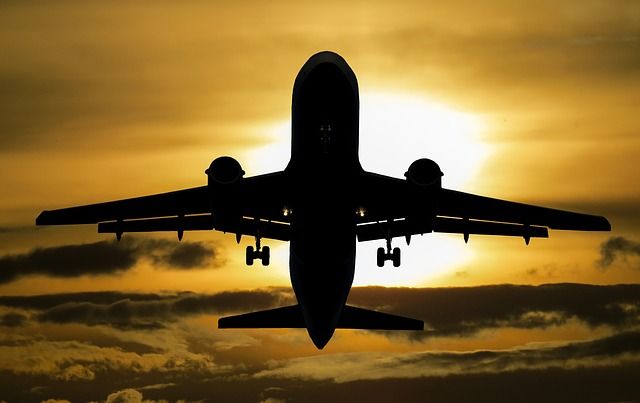
• Research. Comparison sites such as Kayak or Google Flights can provide current prices. Use the calendar view to see how prices line up at different times of the year. When you know what the regular prices are, you’ll recognize a deal when you see it.
• Stay updated. Some sites update frequently to advertise flash sales and error fares. Airfare watchdog, Thrifty Traveler and Secret Flying post deals throughout the day and supplement with Twitter and Facebook posts. Many deals are time-sensitive and you have to be flexible to take advantage of them. If a deal seems right for you, don’t wait. Book it immediately.
• Look for shoulder season or off-season flights. The high-demand months are March, April, July, August and December. That’s when fares are highest. They correlate with school breaks and holidays. “Shoulder” months are May, June, October and November. Not only are flights less expensive then, but weather is usually milder and there are fewer crowds to deal with. Off-season months are January, February and September, and you’ll find the lowest fares then.
• Fly on Tuesdays, Wednesdays and Saturdays. Airfares are priced on supply and demand, so these days offer the best fare deals because of low demand. Demand is highest on Mondays, Thursdays and Fridays.
• Book early, but not too early. The best time to find the best rates is 45 to 90 days before you plan to fly. Too early or too late can lock you into a rate that might drop before your planned departure.
• Use the 24-hour cancellation policy. If you see a cheap fare in which you are interested, snap it up. That gives you 24 hours within which to make further considerations. Use the time to check to see if you can find a better deal. You haven’t anything to lose if you decide to cancel if the airline you chose has a 24-hour cancellation policy. Obviously, you need to be aware of that before you make the jump.
• Get back the difference. If you have booked a flight and subsequently see the same flight on a different airline at a lower price, check and see if the original line has a price-matching policy. Some airlines charge a $40 service fee, but you don’t have to use the policy often to recoup that cost.
Booking the best airfares is a complex mix of research, flexibility, decisiveness, timing and luck. Vigilance is the operative word. But the effort can pay off and you can save enough money for even more flights. It’s worth it.